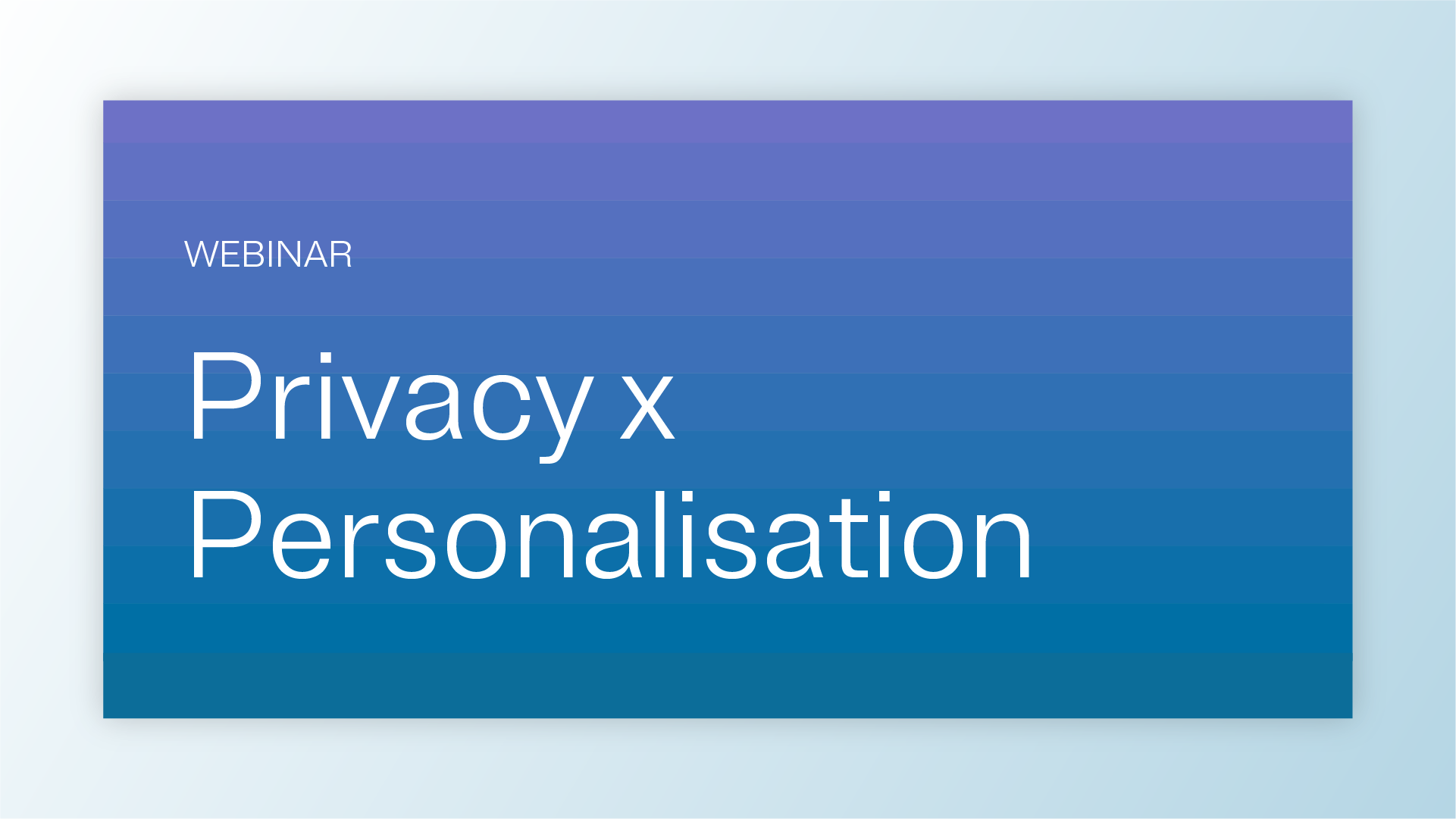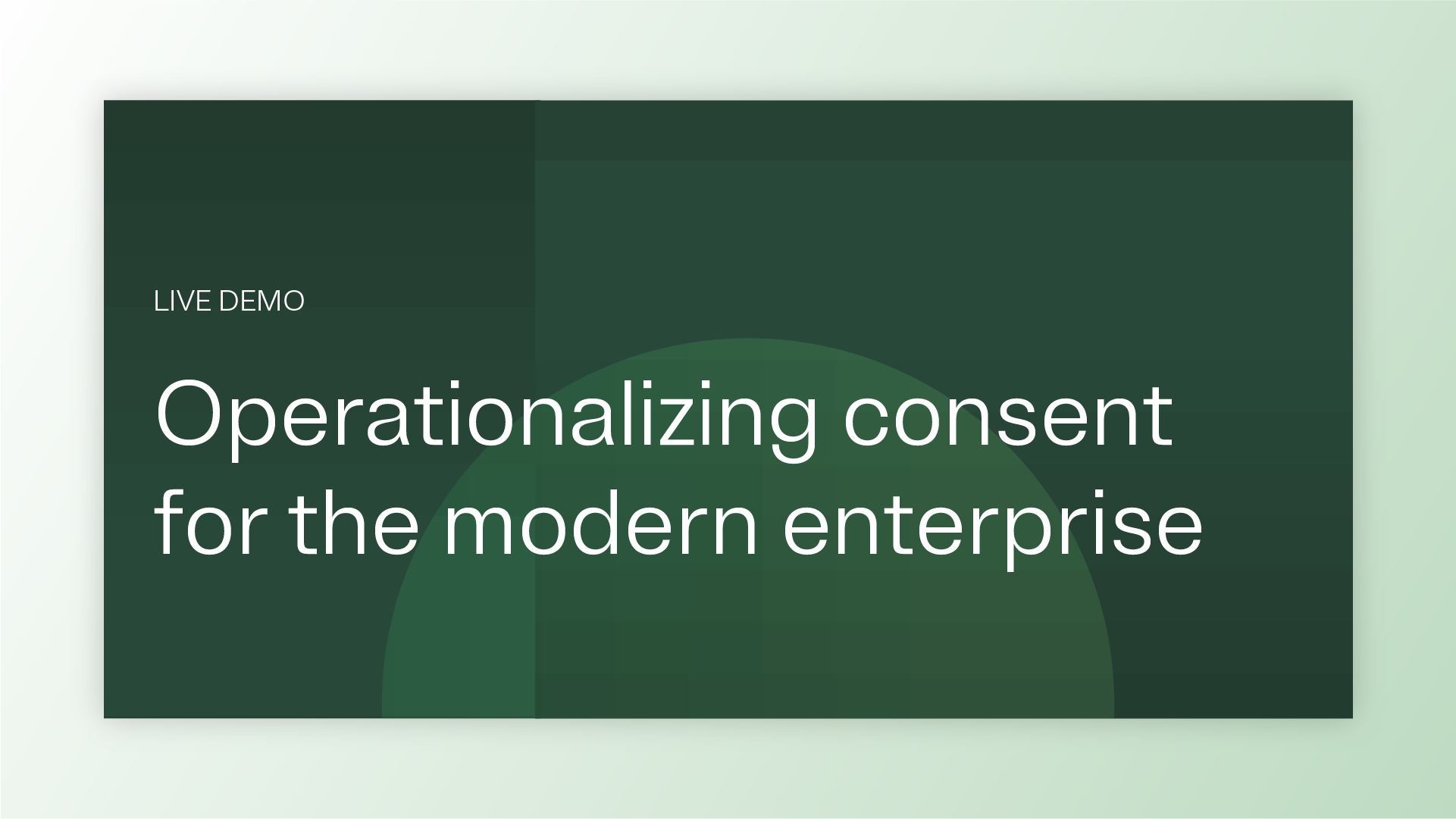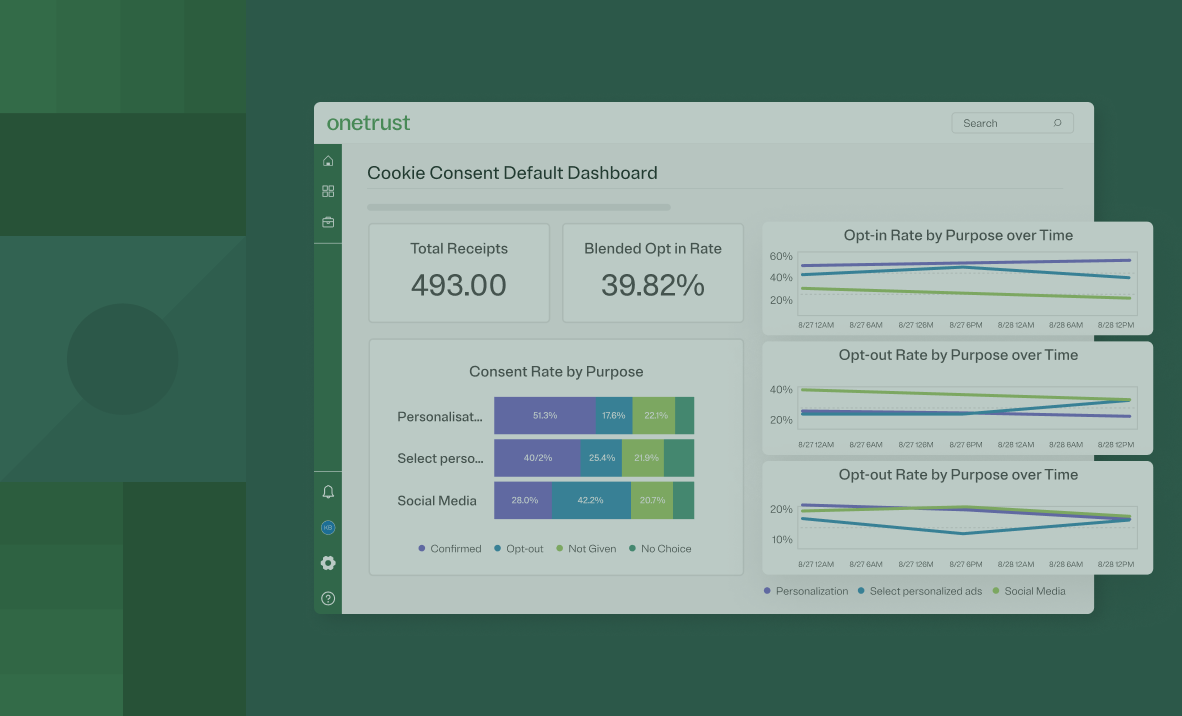Expectations for brands are changing: Modern consumers are asking for personalization in exchange for their loyalty. They’re also growing increasingly frustrated with promotions that clutter their inboxes with offers that don’t apply to them. In fact, according to a recent Mckinsey & Company report, seventy-one percent of consumers expect companies to deliver personalized interactions. And seventy-six percent get frustrated when this doesn’t happen.
Preference management empowers consumers to take control of their relationship with a brand, providing users with more power to control privacy settings, communication frequency, and more.
Through preference centers, brands can go beyond regulatory requirements for marketing consent, opt-ins, and subscriptions. The technique builds consumer profiles with first-party data and can be used to build long-term customer relationships. But trust is required, and so is a clear value exchange. Customers will enter this bargain as long as you promise to respect their privacy and communication choices.
This approach will help you sustain valuable customer relationships — and generate increasing returns for your business.
Increase customer engagement and build ever-lasting loyalty
Preference centers are emerging as a way for digital marketers to stay in touch with their customers without displeasing them. Brands can set-up a front-end where consumers can choose how often they want to be notified, through which channel, as well as what kind of information they are interested in hearing about.
Preference centers live on web pages or a page within your application. Their purpose is to provide users, customers, and subscribers greater control of their:
- Personal data that has been collected
- Privacy settings
- Content or product interests
- Communication frequency
- Preferred communication channel
When thoughtfully designed, a preference center enables marketers to provide quality content, promotions, and offers to their database while remaining compliant with applicable laws.
A preference center enables your organization to go beyond the bare-minimum requirements for marketing consent, opt-ins, and subscriptions.
By making it easier to activate informed consent, you can establish and maintain trust with your customers. With their consent, you can use their data to provide value in return to the customer — in the form of highly-relevant deals and content.
There are several benefits to implementing a preference center for your marketing efforts:
- Empower users with choice. Today’s consumers are demanding more agency over their personal data. Providing choice shows them you’re listening — and care about their needs.
- Capture first-party and zero-party data. As marketers prepare for the sunset of the third-party cookie, capturing and activating alternate sources of data will be critical.
- Reduce opt-outs, consent withdrawals, and unsubscribes. Retain a larger share of your subscribed audiences by providing granular preferences in place of a catch-all unsubscribe.
- Remain compliant with regulations. Working with intelligent tools to build your preference center will enable you to stay up-to-date with the latest requirements for your jurisdiction.
How preference management works
A preference center allows consumers to access and manage their consent, personalization, and communication information. Brands using this approach will often include a link to their preference center at the bottom of an email. It also can live within a gated account page on your website or application.
By offering a preference center, your aim is to reduce global unsubscribes by providing granular preference settings. Examples of these user controls include:
- Channels: Allow users to choose the delivery method for communications from your business. Include all your marketing channels with direct distributions, such as email, SMS, direct mail, and in-browser notifications.
- Frequency: Reduce message fatigue by giving users the power to choose how often they receive communications from you.
- Interests: Deliver the most relevant content to your audiences by allowing them to tell you what their interests are.
The user interface should be straightforward.
Additionally, marketers can gauge success from several metrics: Opt-in and opt-down rates, unsubscribes, or the development of first-party and zero-party data sets. An analysis of preference management can shed light for which initiatives are most effective, and shine light on how trust and transparency are leading to ROI.
You need to prioritize creating a preference center that’s easy to access and use. If your customers have to go looking for it or log in after clicking an email link, you’re not likely to reap all the benefits.
Strengthen tour customer relationships with preference management
Compliance isn’t the only reason to implement a preference center. You’ll prepare for the future of marketing by providing greater choice and transparency to your audiences.
OneTrust Consent and Preference Management can help you strengthen your relationships with customers.
Our platform helps build and sustain healthy brand-customer relationships. With our user-friendly templates, you can provide granular choices for your subscribers, enabling you to deliver highly-relevant content and lasting value.
- Respect customer consent and preferences across marketing and sales activities.
- Capture and activate first-party data in a compliant manner.
- Capture, store, and signal user consent downstream.
- Collect and signal consent for cross-platform activities in mobile applications.
- Capture and communicate consent and preferences in OTT apps to comply with global regulations.
Take it a step further with a Trust Center
OneTrust PreferenceChoice provides a suite of solutions for marketers and publishers to manage the consent, preferences, and first-party data of their customers. While historically these solutions have been implemented with separate user experiences, organizations focused on building trust with their customers are beginning to consolidate the user experience of transparency and choice into a central Trust Center.
OneTrust allows you to design, implement, and manage transparent user experiences. You can give users the ability to view consent history, indicate communication preferences, and provide first-party data – all through a central portal.
Tap into the new, transparent, self-serving hub that combines all tools related to personalization and privacy. Combine design, privacy and trust together to deliver on consumer’s expectations with a personalized, transparent experience on your digital properties.
Build custom policies with responsive designs or leverage the regulation specific template library including GDPR and CCPA disclosure templates.
Build a secure, robust consumer portal to intake requests in a way that matches your brand and business.
Drive better opt-in rates by giving users granular opt-down setting options versus a global unsubscribe.
Deliver a seamless omnichannel experience by allowing customers to manage consent and preferences from all channels and touchpoints
Display data that you have collected about the user and allow them to make updates to their own data.
Build a privacy profile of each individual with an audit trail of behavioral preferences.
Find out how OneTrust can help you create a more personalized user experience. Sign up for a free trial today!






























